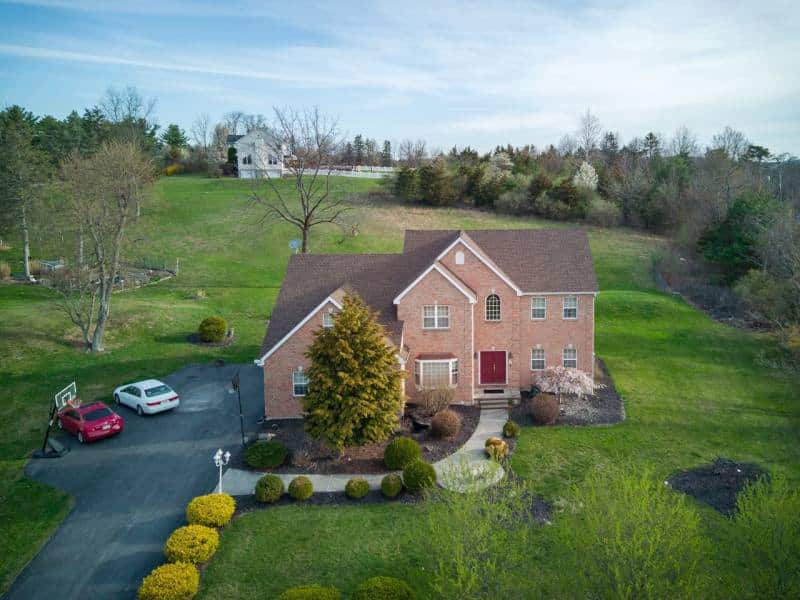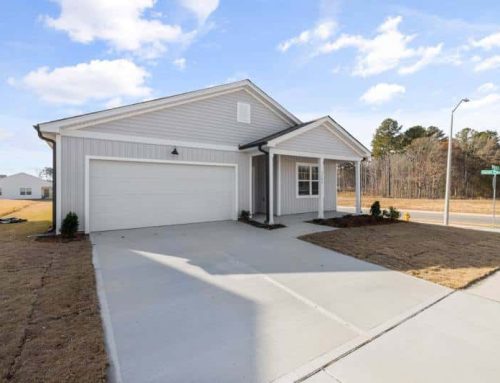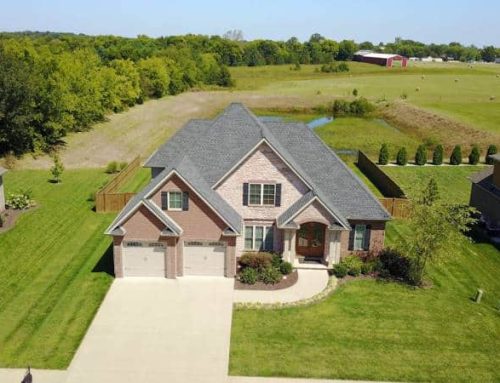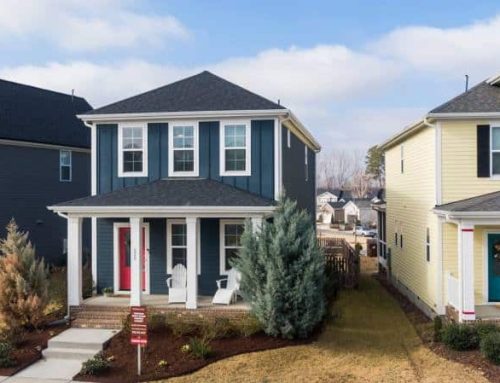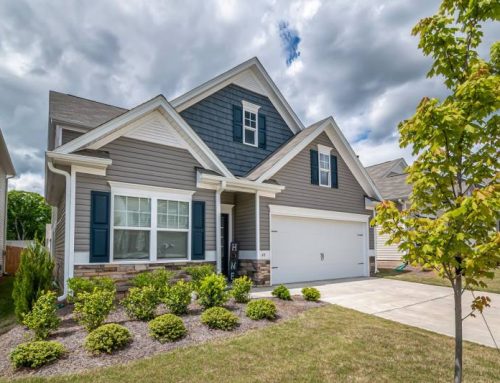Metal roofing has surged in popularity over the years, touted for its durability, energy efficiency, and sleek aesthetic. However, alongside its rise in recognition comes a slew of common myths that can cloud your judgment. From concerns about noise to worries about rust, these misconceptions keep many homeowners from experiencing the benefits of this cutting-edge roofing material.
Before you make a decision on your next roofing project, it’s crucial to separate fact from fiction. By debunking these common misconceptions, you’ll empower yourself with the knowledge to make an informed choice that enhances your home, stands the test of time, and aligns with your vision.
Myth #1: Metal roofs are noisy in the rain
One of the most persistent myths about metal roofing is that it is excessively noisy when it rains. Many people envision loud drumming sounds and believe that the rain will create a disruptive auditory experience inside their homes.
Fact: This myth can be attributed to older metal roofing systems that were installed on homes without proper insulation. However, modern metal roofs are designed with noise reduction in mind. They come with an underlayment that helps absorb sound, much like traditional roofing materials. Additionally, the materials and installation techniques have advanced significantly, resulting in a quiet and peaceful environment during rainstorms.
Various factors influence the noise level, including the type of metal roofing, the installation method, and the overall design of the building. Homeowners can take comfort in knowing that a well-installed metal roof with proper insulation is no louder than its asphalt shingle counterpart.
Myth #2: Metal roofs attract lightning
Another common belief is that they are more likely to be struck by lightning compared to other roofing materials. This myth often stems from the association of metals with electrical conductivity, leading some to conclude that the presence of a metal roof increases the risk of lightning strikes.
Fact: The truth is that metal roofs do not inherently attract lightning. In fact, any well-constructed building can be struck by lightning, regardless of the roofing material. Studies have shown that metal roofs may actually serve as a beneficial feature in preventing ignition upon being struck, primarily because they can dissipate electrical charges more effectively than other materials.
Moreover, metal roofs are often installed in combination with a comprehensive grounding system, which can help safely channel any lightning energy away from the structure. Overall, many researchers and building professionals agree that metal roofs pose no greater risk of lightning strikes than traditional roofing materials like asphalt or wood.
Myth #3: Metal roofs are prone to rust
The misconception that they are susceptible to rust and deterioration extends to fears of their longevity and durability. Homeowners may worry that their investment will quickly fall victim to corrosion, particularly in humid or coastal environments.
Fact: While it’s true that some metals rust, modern metal roofing materials are specifically engineered to resist corrosion. Most metal roofs are made from galvanized steel, aluminum, or zinc, which incorporate protective coatings to prevent rust and deterioration. These coatings often include a layer of zinc or a polymer finish that provides a barrier against moisture and environmental factors that can lead to corrosion.
Furthermore, many manufacturers offer warranties on their metal roofing products that range from 20 to 50 years, a clear indication of their expectation for durability. Regular maintenance, such as cleaning debris and ensuring proper drainage, can significantly extend the lifespan of a metal roof even further.
Myth #4: Metal roofs are too expensive
Another widespread myth is that metal roofs are prohibitively expensive compared to traditional asphalt shingles. This notion can deter potential buyers from considering metal roofing as a viable option.
Fact: While the upfront cost of metal roofing may be higher than that of asphalt shingles, it’s essential to consider the long-term savings and benefits. The lifespan of a metal roof is typically 40 to 70 years compared to just 15 to 30 years for asphalt shingles. This increased longevity means that homeowners will likely need to replace an asphalt roof two or even three times during the lifespan of a single metal roof.
Moreover, metal roofs are inherently energy-efficient. They reflect solar radiant heat, which can lead to lower cooling costs during hot summers. Some studies suggest that metal roofs can reduce energy bills by 20% or more, depending on the climate and the efficiency of the home.
Additionally, many metal roofing options come with features like recycled materials, further reducing environmental impact—which can be an essential factor for eco-conscious homeowners. The cost of maintenance for metal roofs is also typically lower. They are less likely to suffer damage from extreme weather, do not warp or crack, and are resistant to mold, mildew, and pest infestations—meaning fewer repair costs over their lifetime.
In light of these factors, many homeowners find that the long-term savings on maintenance, energy bills, and replacements justify the initial investment’s higher costs. Instead of viewing metal roofing solely through the lens of upfront costs, it’s wiser to consider the overall value it provides over time.
Need a Roof Inspection?
When you partner with Tristate Roofing & Remodeling, we will walk you through the process of keeping your roof in its best shape. Contact us today to get started!

